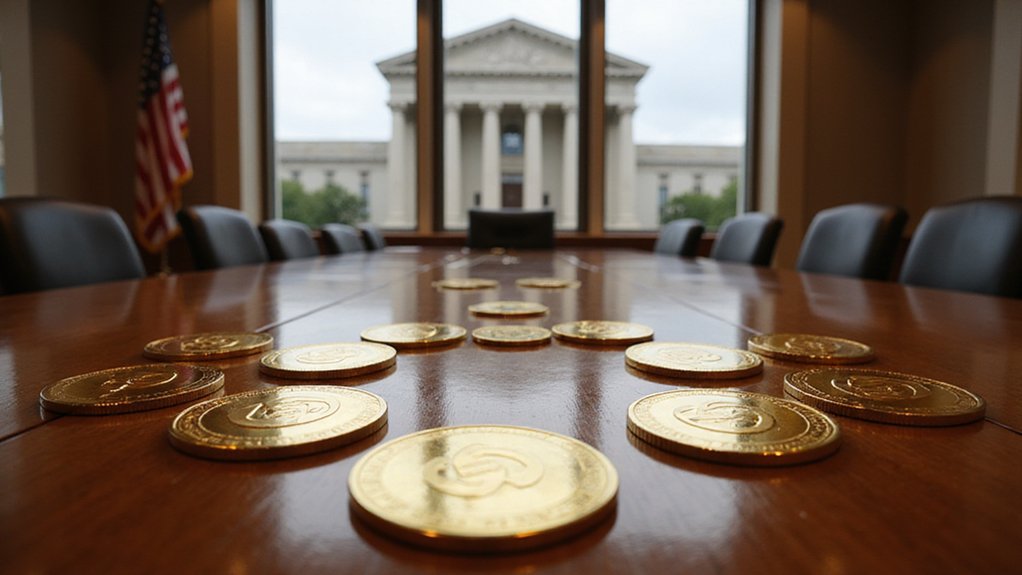While traditional banking executives spent decades perfecting the art of moving money slowly and expensively, the stablecoin market has quietly orchestrated what amounts to a financial revolution—one that has now swelled to approximately $228 billion in market capitalization as of June 2025, representing a 17% surge from the year’s opening bell.
This meteoric rise from $172.8 billion in September 2024 suggests that perhaps the future of money wasn’t destined to require three-day settlement periods after all.
The duopoly of Tether (USDT) and Circle’s USDC continues its stranglehold on this digital currency landscape, with USDT commanding roughly $155 billion in market cap—having grown by $18 billion year-to-date—while USDC surged an impressive 39% to reach $61 billion.
These two titans collectively dwarf algorithmic stablecoins, which remain mere rounding errors in comparison, proving that market participants still prefer their stability backed by actual reserves rather than mathematical optimism.
The transaction volumes tell an even more compelling story: stablecoins processed $27.6 trillion in 2024 alone, surpassing the combined throughput of Visa and Mastercard.
Ethereum Layer-1 alone handled $480 billion in stablecoin volume during May 2025, while business-to-business transactions accounted for $94.2 billion from January 2023 to February 2025.
These figures suggest that stablecoins have transcended their original trading-focused utility to become legitimate payment rails.
The emergence of yield-bearing stablecoins adds another layer of complexity, with staked tokens reaching $6.9 billion by late May 2025—a 28% increase driven largely by sUSDe and sUSDs.
This development transforms stablecoins from mere transactional tools into income-generating assets, blurring the lines between payments and investments.
Beyond traditional dollar-pegged assets, tokenized asset-backed stablecoins backed by commodities like gold have captured $1.3 billion in market value by early 2025. FRAX exemplifies the hybrid approach, combining algorithmic mechanisms with partial collateral backing to maintain price stability while reducing full reserve requirements.
Regulatory clarity under the Trump administration has provided additional tailwinds, encouraging institutional participation while maintaining the delicate balance between innovation and oversight. This evolution marks a significant shift as the crypto landscape transitions from speculation to tangible utility, positioning stablecoins as a cornerstone of practical blockchain applications.
As financial giants circle this burgeoning market, one wonders whether stablecoins will maintain their disruptive edge or gradually become another product offering in the traditional financial services playbook—albeit one that actually works efficiently.









